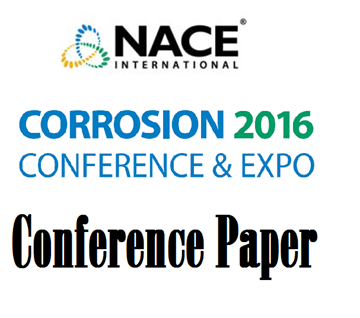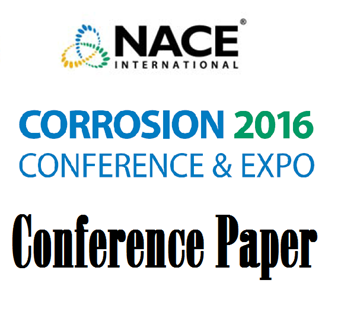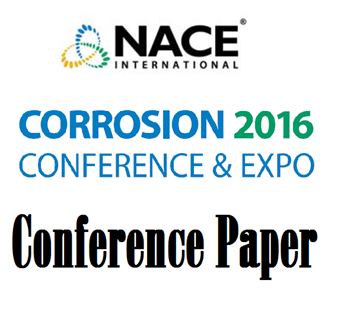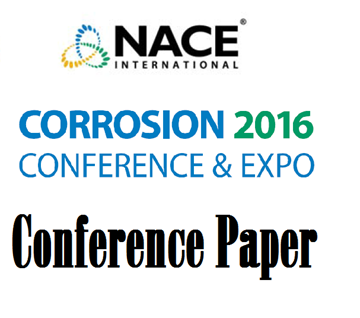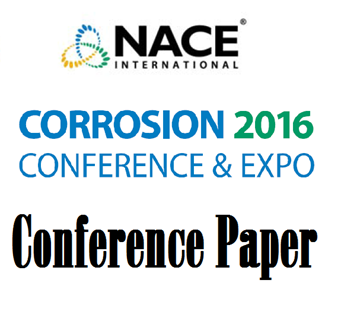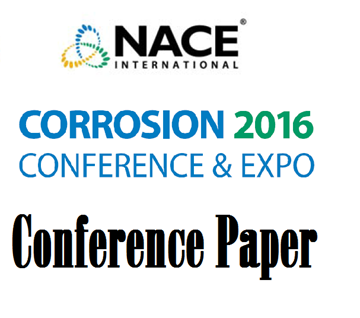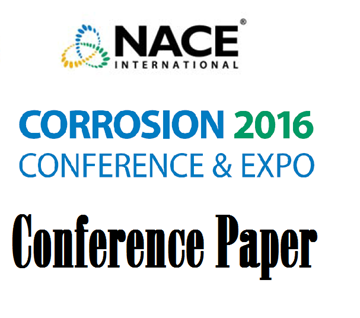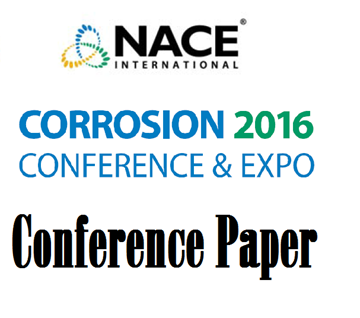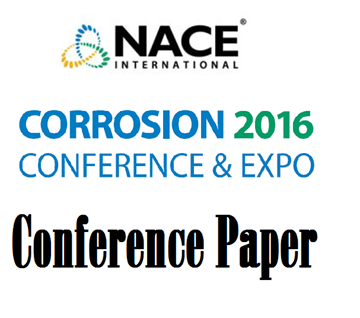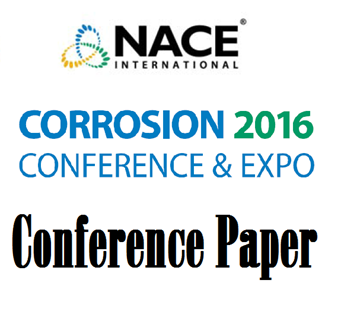Search
Materials Selection and Design
View as
Sort by
Display
per page
51316-6982-Corrosion Management Of Assets Constructed In Super Duplex Stainless Steels (SDSS)
Product Number:
51316-6982-SG
ISBN:
6982 2016 CP
Publication Date:
2016
$20.00
51316-7058-Galvanic Series in Seawater as a Function of Temperature Oxygen Content and Chlorination
Product Number:
51316-7058-SG
ISBN:
7058 2016 CP
Publication Date:
2016
$20.00
51316-7102-In-Situ Monitoring Of Bacteria Under High Pressure And Temperature Conditions
Product Number:
51316-7102-SG
ISBN:
7102 2016 CP
Publication Date:
2016
$20.00
51316-7109-Marine Crevice Corrosion Of Stainless Steel Alloys Under Biofilmed And Sterile Conditions
Product Number:
51316-7109-SG
ISBN:
7109 2016 CP
Publication Date:
2016
$20.00
51316-7113-Relation Between Localized Corrosion And SCC In Nickel Based Alloys In HP/HT Oil And Gas Environments
Product Number:
51316-7113-SG
ISBN:
7113 2016 CP
Publication Date:
2016
$20.00
51316-7119-Sour Service Performance of EPR - 110ksi Grade Material
Product Number:
51316-7119-SG
ISBN:
7119 2016 CP
Publication Date:
2016
$20.00
51316-7126-Qualification of Super 13Cr-110 in HPHT Sour Well Service with Concentrated Brines
Product Number:
51316-7126-SG
ISBN:
7126 2016 CP
Publication Date:
2016
$20.00
51316-7127-Flow Accelerated Corrosion of Carbon Steel Pipe Carrying Hot Condensate Water in a Chemical Plant
Product Number:
51316-7127-SG
ISBN:
7127 2016 CP
Publication Date:
2016
$20.00
51316-7135-The pitting corrosion of titanium in aggressive environments
Product Number:
51316-7135-SG
ISBN:
7135 2016 CP
Publication Date:
2016
$20.00
51316-7157-The Effect of Medium Density Clear Brine Fluids upon the Environmental Cracking Behavior of High Strength Alloy UNS S42028
Product Number:
51316-7157-SG
ISBN:
7157 2016 CP
Publication Date:
2016
$20.00
51316-7166-Corrosion of Nickel Alloys for Steam Generator Tubing of Pressurized Water Reactors
Product Number:
51316-7166-SG
ISBN:
7166 2016 CP
Publication Date:
2016
$20.00
51316-7170-Effect of Temperature on the Crevice Corrosion Resistance of Austenitic Stainless Steels
Product Number:
51316-7170-SG
ISBN:
7170 2016 CP
Publication Date:
2016
$20.00


